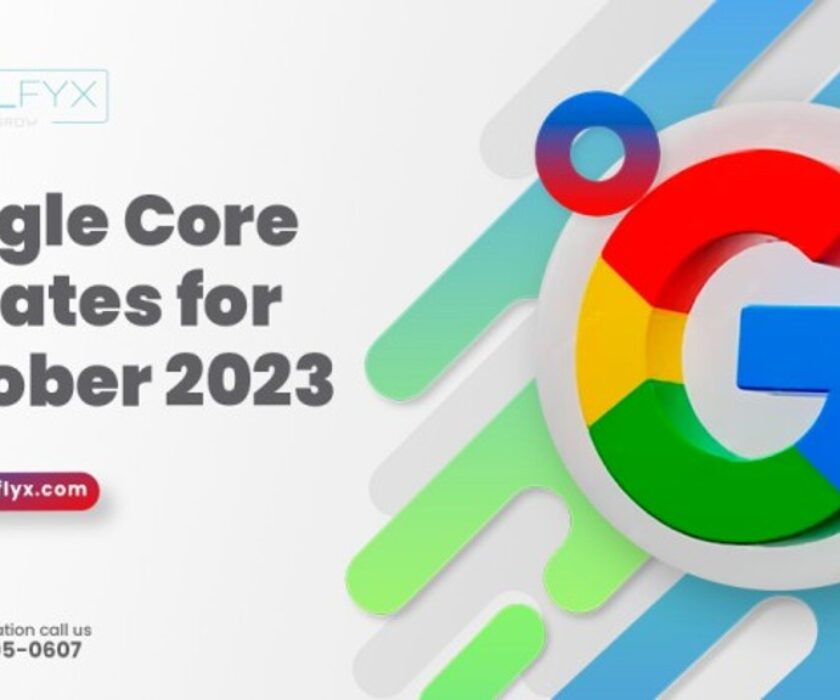What Are Core Web Vitals?
Core Web Vitals is a set of particular metrics that Google employs in real time to measure and evaluate the user experience on a website. Loading speed, interactivity, and visual stability, as well as other metrics of page experience, are significant components of online performance that Google’s basic ranking engines check for. These metrics are important because they have a direct influence on how people perceive and interact with a website. Google strongly advises site owners to obtain good Core Web Vitals in order to be successful with Search and to provide a great user experience in general.
Each of these metrics offers a unique view of several variables that influence how people interact and engage with a website. While developers must consider “user experience” holistically, these independent measurements assist in breaking down the many elements into smaller parts so that site owners may detect and correct technical faults throughout their websites.
It’s crucial to realize that these metrics don’t tell the entire story of a website’s user experience, but each measure may be stitched together to assist developers in debugging in an effective and scientific manner.
Let’s look at the three primary metrics contained in Core Web Vitals to help you optimize your websites right now!
Largest Contentful Paint (LCP)
What is LCP?
The Largest Contentful Paint (LCP) statistic assesses how long it takes for the largest and most relevant content piece on a web page to fully load. It reveals how quickly people can see and interact with the main information when they visit a website.
Let’s say you are reading an article on the news online. The LCP would time how long it took for the main headline, graphics, and principal content to fully load on your screen. A rapid LCP guarantees that you can absorb critical information without having to wait for pieces to develop gradually.
Why does LCP matter?
LCP is crucial because it directly impacts the user’s first impression of your website. Visitors prefer swift access to the main content. This is where a fast LCP contributes to a positive user experience. Google believes LCP to be an important feature in its search ranking algorithms in its attempt to prioritize user-friendly web pages.
Benefits of Prioritizing Speedy Largest Contentful Paint (LCP)
- A faster LCP results in a better user experience.
- Prioritizing LCP matches your site with Google’s optimization and search-friendliness standards.
- A fast LCP shows that the website is well-optimized.
- Rapid loading of main content pieces increases user engagement.
- Users like rapid access, which leads to increased satisfaction.
How is LCP measured?
LCP is measured in seconds and specifies the point in time when the largest content element in the user’s viewport becomes visible. This could be an image, a video, or a block of text; essentially, whatever element plays the most substantial role in shaping the user’s initial interaction with the page.
Optimizing for a Swift LCP:
Image Optimization
You must compress and appropriately resize images to make sure they load quickly without compromising quality.
Browser Caching
You can reduce load times for returning visitors by using browser caching to save frequently used resources locally.
Content Delivery Network (CDN)
Distributing content across several servers via a content delivery network (CDN) will provide users all around the world with quicker loading times.
First Input Delay (FID)
What is FID?
First Input Delay (FID) is among the major three core web vitals and it measures the time it takes for a web page to respond to the first user interaction. It specifically gauges the delay between a user’s initial action. These early actions or first inputs might include clicking a button or a link, followed by the website’s response.
To simplify this, you can imagine a situation in which a user chooses to enlarge an article section by clicking on a “Read More” button. In this case, FID will monitor how long it takes for a website to register and respond to a click which guarantees a smooth and quick transition with no apparent lag.
Why does FID matter?
FID is vital because it reflects the responsiveness of a website. Users expect a seamless and quick interaction with a site, and a low FID ensures that clicking buttons, submitting forms, or navigating through your content happens without frustrating delays. Google considers FID as part of its Core Web Vitals, emphasizing the importance of a swift and interactive user experience for search rankings.
Benefits of a Low First Input Delay (FID)
- The user experience is more responsive and pleasurable with low FID.
- Users can easily engage with your website.
- Google and other search engines reward user-centric design with low FID in their ranking algorithms.
- Maintaining a low FID ensures that consumers appreciate your site’s fast and smooth interactions.
How is FID measured?
FID is measured in milliseconds and is typically assessed during the span when a user interacts with a page for the first time. It quantifies the time between the user’s input (like clicking) and the browser’s ability to respond to that input.
Optimizing for a Low FID:
Efficient JavaScript
You need to optimize and streamline JavaScript code to make sure it doesn’t block the main thread which allows for quicker response times.
Lazy Loading
We suggest that you Implement lazy loading for non-essential elements because it will prioritize the loading of critical content first.
Minimize Third-Party Scripts
You must limit the use of third-party scripts or load them asynchronously to prevent them from slowing down user interactions.
Cumulative Layout Shift (CLS)
What is CLS?
Cumulative Layout Shift (CLS) is responsible for measuring a web page’s visual stability. It assesses the extent to which items on a page shift or move unexpectedly during the loading process. CLS considers the aggregate impact of any layout alterations that occur within the user’s viewport.
Say that just as you are about to click on a link, a picture or advertisement loads which causes the information to scroll down and causes you to accidentally click on something else that you don’t want to. CLS quantifies and measures these unexpected movements and results in a more predictable and reliable user experience.
Why does CLS matter?
CLS is important because unexpected layout shifts can be disruptive and frustrating for users. It occurs when you attempt to click a button and the content moves unexpectedly, forcing you to click on something else accidentally. Google recognizes the importance of a stable and visually consistent user interface by including CLS as one of its Core Web Vitals.
Benefits of Optimizing for a Low Cumulative Layout Shift (CLS):
- CLS optimization enhances the visual appeal of your website.
- Users can navigate content smoothly without disruptive layout shifts.
- Minimizing unexpected element movements contributes to a positive user perception.
- Search engines include CLS in their criteria for ranking websites.
- Prioritizing layout stability positively impacts user satisfaction.
- CLS optimization improves search engine visibility.
How is CLS measured?
CLS is measured by multiplying the impact fraction (the fraction of the viewport affected by the shift) with the distance fraction (the distance the elements shift relative to the viewport). This provides a score that reflects the overall layout stability of the page.
Optimizing for a Low CLS:
Set Dimensions for Elements
You should specify width and height attributes for images and other elements to reserve space because it prevents sudden shifts.
Preload Fonts and Stylesheets
You have to ensure that fonts and stylesheets are preloaded to avoid sudden changes in text layout as additional resources load.
Avoid Dynamic Ads Above Content
If using dynamic ads, you must reserve space for them to prevent pushing down the main content as they load.
Additional Tips & Objectives to Improve Your Core Web Vitals Metrics
- Aim for LCP within the first 2.5 seconds for a good user experience.
- Strive for FID less than 100 milliseconds for a good user experience.
- Aim for a CLS score of less than 0.1 for a good user experience.
- Check the Core Web Vitals report in the Search Console for page performance.
- Explore guides on Core Web Vitals, covering measurement, debugging, improvement, and best practices.
- Learn about tools for measuring and reporting Core Web Vitals, including LCP, FID, and CLS.
Note: INP (Interaction to Next Paint) will replace FID as a Core Web Vital from March 2024.
We hope you found this blog helpful.





